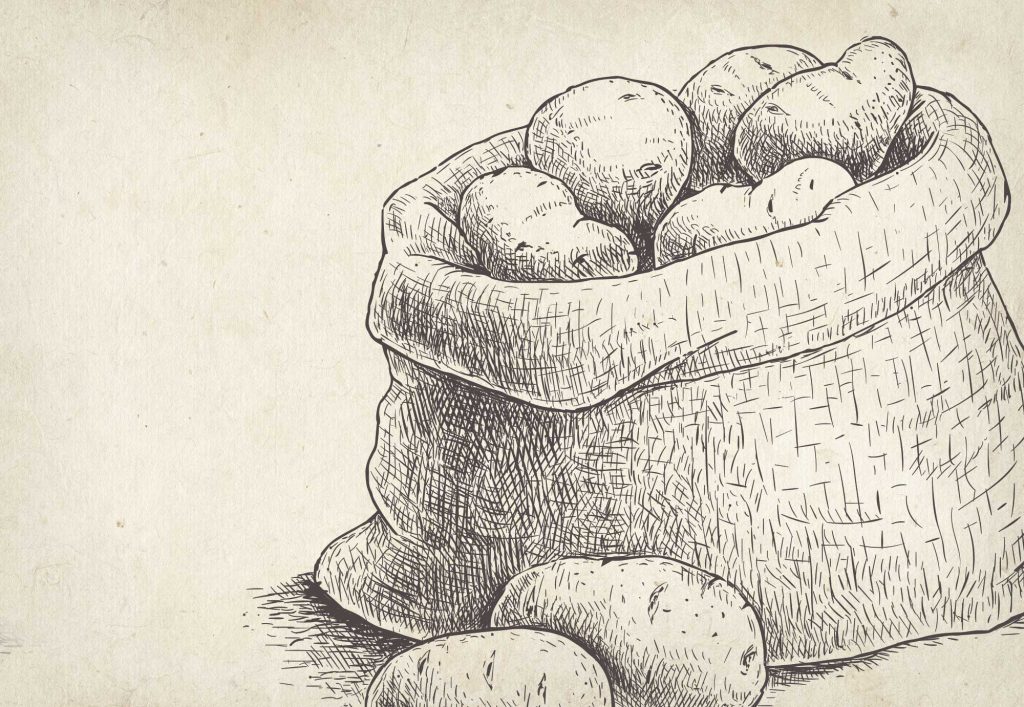Solve History’s Mysteries
Where was the cultural and commercial center of African American life in Orange County?
How can food traditions unite different cultures?
Spoiler Alert:
Secrets are revealed below!
Expand this content, or explain the story in your own words!

At a glance, a sandwich is a straightforward (and tasty) lunchtime staple, right? A closer look at the history and ingredients of one particular sandwich reveal a story worth savoring.
The sandwich, consisting of delectable, spreadable contents between two slices of bread, dates back to 18th century England. Over time, convenience and affordability led to the sandwich to be adopted across the Atlantic, particularly in the American South.
Famed for culinary creativity, African Americans living in the South discovered the joys–and the decadence–of potato salad as a mealtime staple in the 18th century. Riffing on the original, African Americans adapted potato salad recipes from their German immigrant neighbors with characteristic flair. Their version was served cold, infusing mayo, sweet pickles and love into every batch. The combination of starch and spice was comfort on a plate, but African American innovators made it more irresistible, placing the potato salad between two pieces of bread!
The potato salad sandwich, a fusion between English, German and African American cultures, took the South by storm. According to the Orange County African American Historical Society, African American residents frequenting Railroad Avenue, Church, Mill, Chapman and Short Streets considered this a lunchtime favorite. Home cooks living in this residential and business district sold the sandwiches at low cost…and sold out quickly!
Synonymous with ingenuity and familiarity, the potato salad sandwich blends different cultures into one delicious (and characteristically Southern) offering. Today, the Church Street Project celebrates prominent elements of African American history in this vibrant heritage district. Visit the commemorative panels in the Church Street parklet to learn key aspects of the African American experience worth knowing (and noshing on).
![]()

